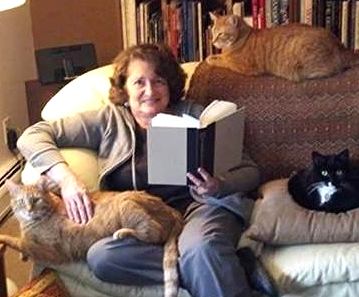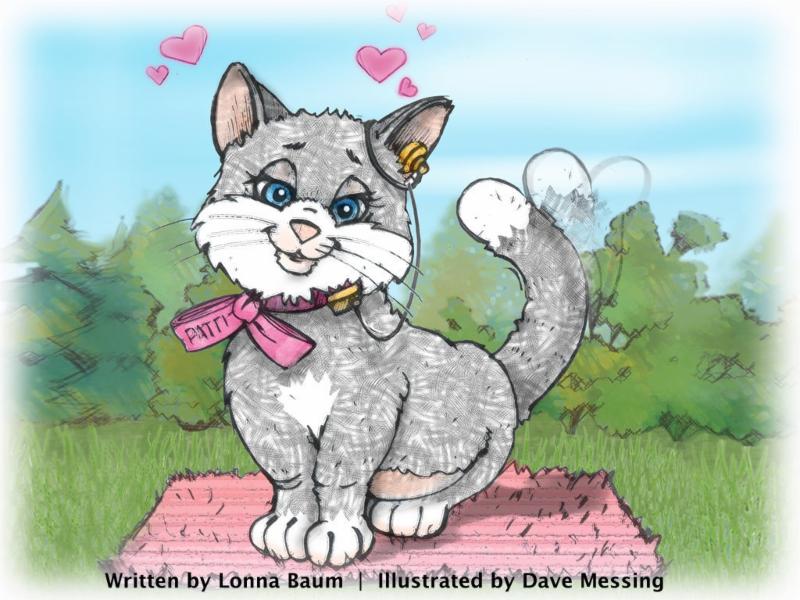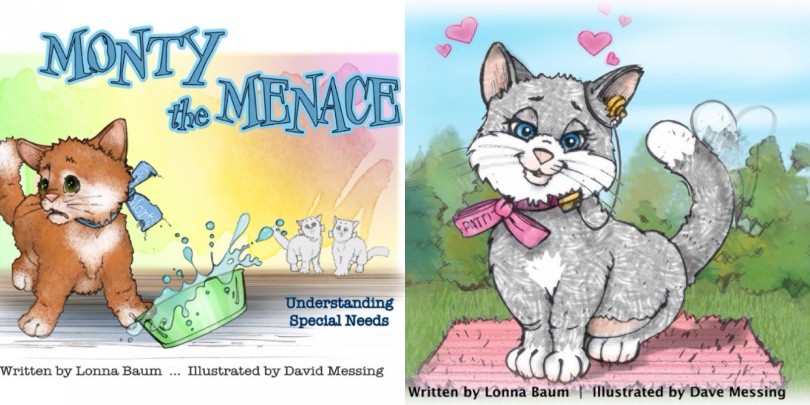DOING A CHILDREN’S BOOK
A HERCULEAN EFFORT
It is with great pride and immense satisfaction to say that I have had the great pleasure of illustrating 10 children’s books, and have won dozens of awards. It is a production much like opening a new business.
When I opened my first art store, I was amazed at the effort that would be required. Yes, I was a hard worker, and yes, I had the enthusiasm and vision, but I had not factored in the expense of legal issues, production, and cost roadblocks, and sorely underestimated the time, money, and energy limitations that would follow. Then, there was the Herculean effort to just “hold on” to the passion that originally spurred the dream.
As an author, a children’s book begins with simple inspiration: a need that you notice; a funny thought; or even something a child may have said or done. No matter the source, the scene begins to unfold with that “feeling” in the pit of your stomach that prompts you to whisper aloud, “This could make a great children’s book!”
It’s 2am, you are lying in bed, and you wake up with a jolt of inspiration. Suddenly you find yourself mentally writing copy and imagining illustrations for the book. When the sun comes up you begin writing copy, rewriting copy, editing copy, editing your edited copy, proofreading your copy, and then you’re locating the artist, determining page length, pricing a publisher, formatting the book, and estimating what the cost of the project might shake out to be when all is said and done.
Rewinding to my earlier statement, “…the Herculean effort to just “hold on” to the passion that spurred the original dream,” I can only imagine all the aforementioned, but as the artist, I can certainly recall the many steps involved in the production of illustrating a children’s book.
I always first ask the author to break up the copy into the number of pages that they envision. For me, there will probably be between 25-30 pieces of art, including the cover, pages, and cover pages. Then I do a quick and very rough pencil sketch of each page and staple them in book format so that the author can get a good idea of how the book might read. Once the author approves that we are on the same page (pun intended), I complete the final pencils and meet once again with the author for final approval. Next, all the art is uploaded and scanned and the coloring begins. Then and only then do I consider myself free to go for it! Over the next 40-50 days, my family completely understands I will be “holed-up” in my studio and they intuitively know that means sliding a fully loaded pizza under the door every now and then. As I finish each page, I email a flattened file jpeg to the author in the hopes of receiving rave reviews.
 Early on, I became very aware of how important every little detail can become. I once placed glasses on one little boy just because he looked better with glasses. Soon after the book was published, I received a letter from a mother reflecting upon her experience when her son saw the little boy in the book. He decided he would wear his glasses to school. Thereafter, I began adding to my art, here and there, a hearing aid, a wheel chair, or a kid with an arm cast. I then thought of what impact it might have if I could do a children’s book about special needs. And, right on cue came Lonna and Alan Baum with their book “Monty the Menace”.
Early on, I became very aware of how important every little detail can become. I once placed glasses on one little boy just because he looked better with glasses. Soon after the book was published, I received a letter from a mother reflecting upon her experience when her son saw the little boy in the book. He decided he would wear his glasses to school. Thereafter, I began adding to my art, here and there, a hearing aid, a wheel chair, or a kid with an arm cast. I then thought of what impact it might have if I could do a children’s book about special needs. And, right on cue came Lonna and Alan Baum with their book “Monty the Menace”.
Monty is a cute, little kitten that right from the start gets into trouble and is a constant menace to his sisters. As it turns out, Monty simply couldn’t see clearly. A visit to the “catomitrist,” and Monty strolled out with a new pair of glasses.
 In Lonna’s new book, “Patti the Pest”, Patti is not making any friends because she is not hearing what they and her relatives are saying. I am passionate about this series and am very hopeful we will be able to complete yet another book about mobility issues.
In Lonna’s new book, “Patti the Pest”, Patti is not making any friends because she is not hearing what they and her relatives are saying. I am passionate about this series and am very hopeful we will be able to complete yet another book about mobility issues.
Please take a moment and visit this “Kickstarter” link to help launch “Patti the Pest”: https://www.kickstarter.com/projects/1157896029/patti-the-pest


